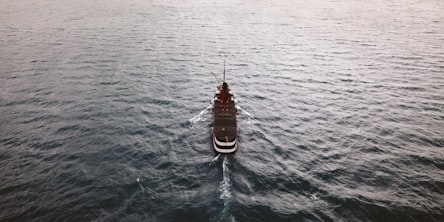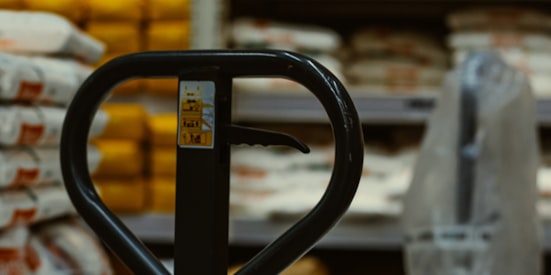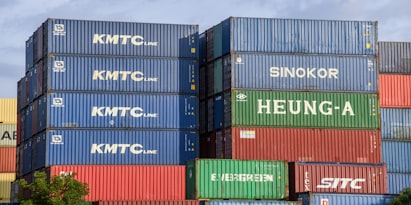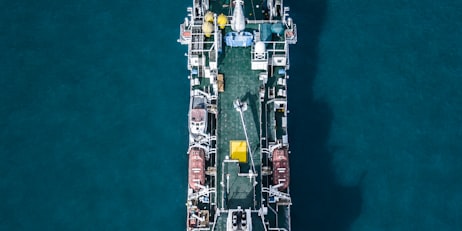
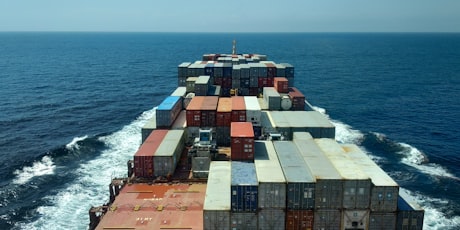
An intertwined history
The Black Diamond Steamship Company (BDSC) was established in 1919 following World War I by J.E. Dockendorff. He sought to build a line of passenger and cargo ships.
Meanwhile, the American Diamond Lines was founded at about the same time by the United States Shipping Board (USSB). As noted in an earlier FreightWaves Classics article, the USSB was established as an emergency agency by the 1916 Shipping Act on September 7, 1916. Once the U.S. entered World War I, the...
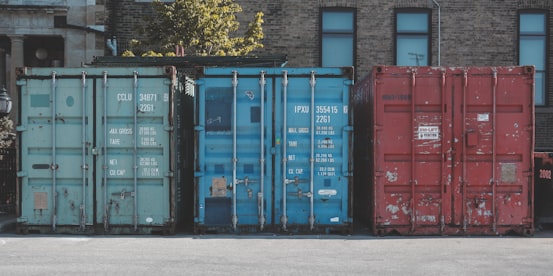

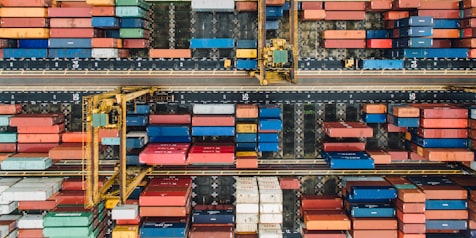

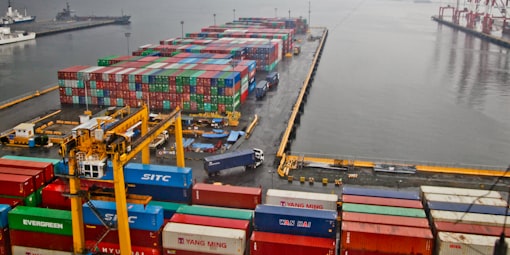

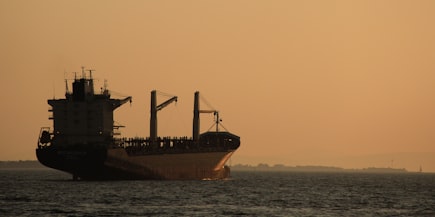 J.P. Morgan. (Photo: biography.com)
J.P. Morgan. (Photo: biography.com)